Naviguer dans les eaux du traitement de l'eau révèle un spectre de stratégies, chacune avec son propre ensemble d'avantages et de considérations. De la fiabilité inébranlable des filtres à profondeur à l'ingéniosité d'économie d'espace des filtres plissés, le paysage de la filtration est riche en options pour répondre à des besoins divers. Les filtres à sacs, les filtres à sable, les filtres à charbon actif et les filtres à écran ajoutent une texture supplémentaire à ce tableau, chacun contribuant une teinte distincte à la toile de la fourniture d'eau propre. Alors que nous nous lançons dans cette exploration, nous démêlons les complexités, les applications et les dimensions financières de ces méthodes de filtration, éclairant ainsi leur rôle crucial dans la sauvegarde de la clarté et de la pureté de notre ressource la plus essentielle.
Commencez à écrire ici ...
Filtre de profondeur
Les filtres à profondeur sont en effet des piliers dans le domaine de la filtration du traitement de l'eau, appréciés pour leur durabilité et leur capacité à gérer des charges de saleté substantielles sans colmatage rapide. Avec des tailles de pores allant de 1 à 100 microns, ils offrent un spectre polyvalent de capacités de filtration. Contrairement à certains filtres alternatifs, les filtres à profondeur fonctionnent en piégeant les particules dans la structure poreuse du média filtrant, capturant efficacement les contaminants sur toute l'épaisseur du matériau.
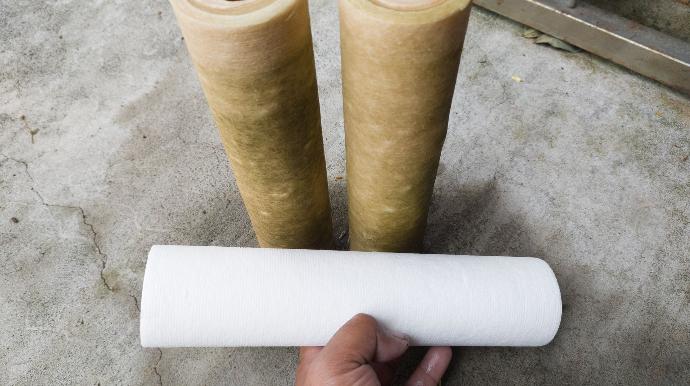
Un avantage significatif des filtres à profondeur réside dans leur efficacité dans les applications exigeant l'élimination de sédiments, de particules et de matériaux colloïdaux. Cela les rend particulièrement adaptés aux tâches de préfiltration dans les systèmes d'osmose inverse ou dans divers processus industriels nécessitant une filtration minutieuse des particules.
De plus, il ne faut pas négliger le rapport coût-efficacité des filtres à profondeur. Bien que le coût d'achat initial puisse varier en fonction de facteurs tels que le matériau spécifique utilisé pour la fabrication et la taille du filtre, leur capacité à gérer des charges de saleté élevées sans remplacement fréquent contribue à des économies à long terme. En comparaison avec certaines méthodes de filtration alternatives qui pourraient nécessiter une maintenance ou un remplacement plus fréquent, les filtres à profondeur offrent un rapport coût-bénéfice convaincant.
En termes de matériaux utilisés pour leur fabrication, les filtres à profondeur exploitent souvent divers matériaux tels que la cellulose, la terre de diatomées ou diverses fibres synthétiques. Cette variété permet une personnalisation en fonction des besoins spécifiques de la tâche de filtration à accomplir, assurant ainsi des performances et une longévité optimales.
De plus, la robustesse des filtres à profondeur améliore leur efficacité opérationnelle, car ils peuvent supporter des environnements à haute pression et maintenir des performances constantes sur des périodes prolongées. Cette fiabilité est particulièrement précieuse dans les environnements industriels où la filtration continue est essentielle au bon déroulement des opérations.
Lors de la recommandation de systèmes de filtration, la polyvalence, l'efficacité et le rapport coût-efficacité des filtres à profondeur en font souvent un choix privilégié. Leur capacité à gérer des tailles de particules diverses, associée à leur durabilité et à leurs besoins en maintenance relativement faibles, les positionne comme une solution fiable pour diverses applications de traitement de l'eau. Par conséquent, pour ceux qui recherchent une solution de filtration fiable et rentable capable de traiter un large éventail de contaminants, les filtres à profondeur apparaissent comme une option convaincante.
Filtre plissé
Les filtres plissés sont réputés pour leur structure en accordéon, offrant une grande surface de filtration dans un design compact. Cette caractéristique de conception leur permet de piéger efficacement les particules à leur surface lorsque le fluide passe à travers, assurant une filtration efficace sur une large plage de tailles de pores, de 0,1 à 100 microns.
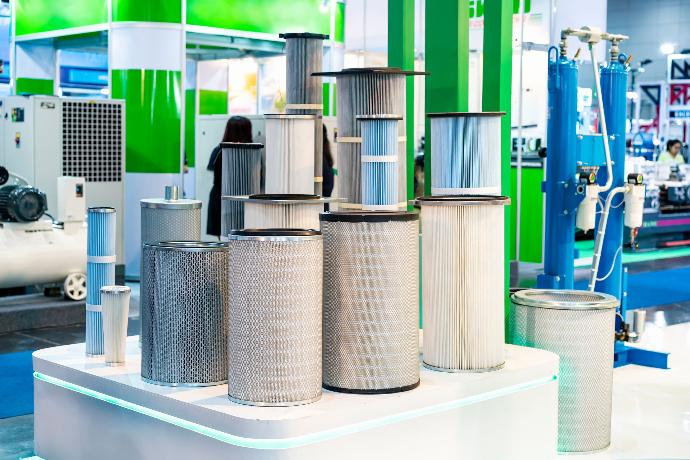
Cependant, il est essentiel de reconnaître que les filtres plissés peuvent être sujets au colmatage en présence de niveaux élevés de matières particulaires. Malgré cet inconvénient, ils restent largement utilisés dans les environnements résidentiels, commerciaux et industriels à la fois pour le traitement de l'eau et de l'air.
En termes de matériaux utilisés pour leur fabrication, les filtres plissés intègrent souvent des matériaux tels que le polyester, le polypropylène ou la fibre de verre. Ces matériaux offrent une durabilité et une compatibilité avec diverses tâches de filtration, garantissant des performances fiables sur des périodes prolongées.
Lors de l'évaluation des coûts associés à l'utilisation et à l'achat de filtres plissés, plusieurs facteurs entrent en jeu. Bien que le coût d'achat initial puisse varier en fonction de facteurs tels que la taille, la composition des matériaux et la taille des pores du filtre, les filtres plissés offrent généralement une solution rentable en raison de leur longévité et de leur grande surface de filtration. De plus, leur capacité à piéger efficacement les particules à la surface peut entraîner des intervalles prolongés entre les remplacements, contribuant ainsi à des économies globales à long terme.
Malgré le potentiel de colmatage en présence de niveaux élevés de matières particulaires, la polyvalence, la durabilité et la rentabilité des filtres plissés en font souvent un choix privilégié dans diverses applications de traitement de l'eau. Leur capacité à fournir une filtration efficace dans un design compact, associée à leur utilisation généralisée dans les secteurs résidentiel, commercial et industriel, souligne leur efficacité et leur fiabilité. Par conséquent, pour ceux qui recherchent une solution de filtration équilibrant performances, durabilité et rentabilité, les filtres plissés se démarquent comme une option convaincante.
Filtre à sac
Les filtres à sacs, caractérisés par leur structure en forme de sac, offrent une solution fiable pour les tâches de filtration du traitement de l'eau, utilisant du tissu ou des matériaux synthétiques pour piéger efficacement les particules. Leurs tailles de pores varient généralement de 1 à 200 microns, permettant une filtration efficace de différentes tailles de particules tout en accommodant des débits élevés et de grands volumes d'eau.
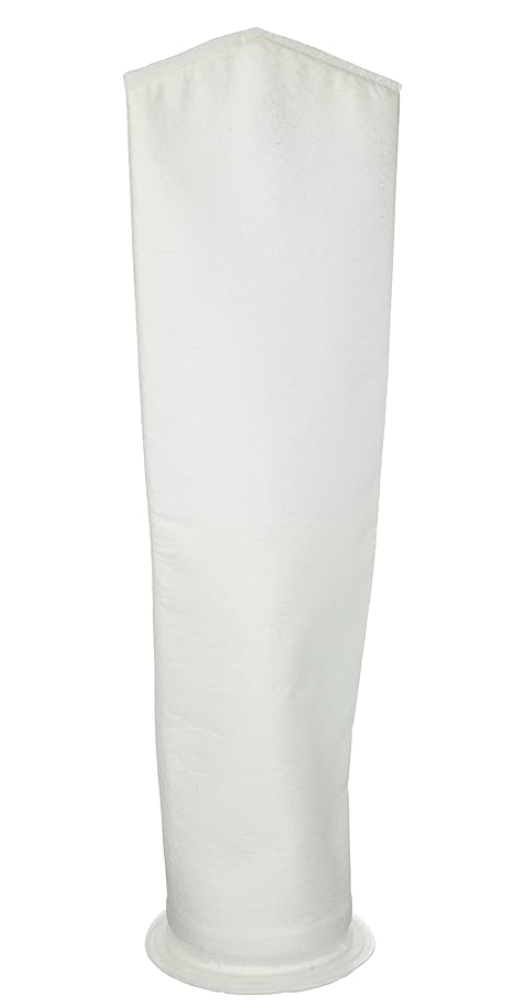
Cependant, il est important de noter que les filtres à sacs peuvent nécessiter un remplacement ou un nettoyage fréquent, surtout lorsqu'ils sont soumis à des niveaux élevés de contamination. Malgré cet inconvénient potentiel, leur efficacité dans la gestion de débits élevés et de grands volumes d'eau l'emporte sur le besoin d'entretien périodique.
En termes de matériaux utilisés pour leur fabrication, les filtres à sacs utilisent généralement du tissu ou des matériaux synthétiques tels que le polyester, le polypropylène ou le nylon. Ces matériaux offrent une durabilité et une compatibilité avec un large éventail de tâches de filtration, garantissant des performances fiables dans diverses applications industrielles et de traitement de l'eau.
Lors de l'évaluation des coûts associés à l'utilisation et à l'achat de filtres à sacs, plusieurs facteurs entrent en jeu. Bien que le coût d'achat initial puisse varier en fonction de facteurs tels que la taille, la composition des matériaux et la taille des pores du filtre, l'efficacité et la durabilité des filtres à sacs contribuent à des économies à long terme. De plus, leur capacité à gérer des débits élevés et de grands volumes d'eau réduit la nécessité de remplacements fréquents, ce qui renforce leur rentabilité globale.
En résumé, la robustesse, l'efficacité et la polyvalence des filtres à sacs en font un choix recommandé pour les applications de traitement de l'eau, en particulier dans les environnements industriels où les débits élevés et les grands volumes d'eau sont courants. Malgré le besoin d'entretien périodique, leur capacité à piéger efficacement les particules et à accommoder des niveaux de contamination variables en fait une solution de filtration fiable. Par conséquent, pour ceux qui recherchent une solution de filtration capable de gérer des débits élevés et de grands volumes d'eau avec efficacité et fiabilité, les filtres à sacs se démarquent comme une option convaincante.
Filtre à sable
Les filtres à sable utilisent les propriétés de filtration inhérentes du média de sable pour éliminer efficacement les particules de l'eau, ce qui en fait un élément essentiel des applications de traitement de l'eau. Leur efficacité est particulièrement remarquable pour capturer les particules de plus de 20 microns, offrant une filtration fiable dans différents contextes.
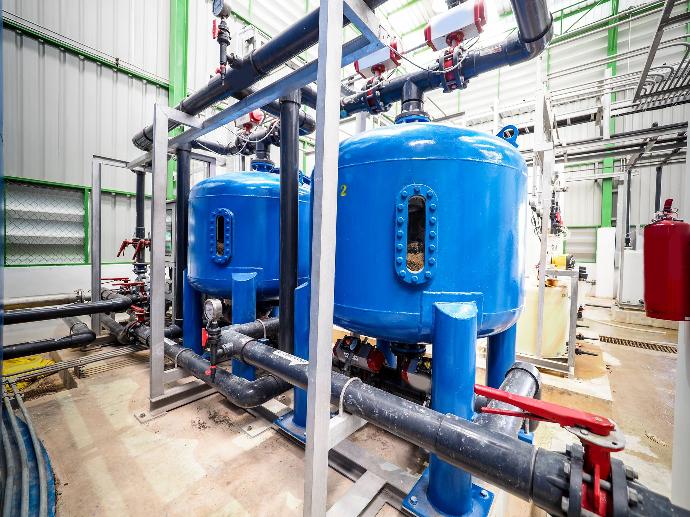
Cependant, il est essentiel de reconnaître que les filtres à sable nécessitent un lavage périodique pour maintenir leur efficacité. Ce processus implique de renverser le flux d'eau à travers le filtre pour déloger les particules piégées et rafraîchir le média de sable. Bien que le lavage soit nécessaire pour l'entretien, il ajoute aux exigences opérationnelles des filtres à sable.
En termes de matériaux utilisés pour leur fabrication, les filtres à sable se composent principalement d'un réservoir ou d'un récipient rempli de sable spécialement classé. Le sable agit comme le média de filtration principal, piégeant efficacement les particules à mesure que l'eau passe à travers. De plus, le réservoir est généralement construit à partir de matériaux durables tels que la fibre de verre ou l'acier inoxydable pour résister à la pression et aux exigences des opérations de filtration continue.
Lors de l'évaluation des coûts associés à l'utilisation et à l'achat de filtres à sable, plusieurs facteurs entrent en jeu. Le coût d'achat initial peut varier en fonction de facteurs tels que la taille du récipient du filtre, la qualité des matériaux utilisés et toutes les fonctionnalités supplémentaires incorporées dans la conception. De plus, les coûts d'entretien continus, y compris les frais de lavage à contre-courant et le remplacement occasionnel de sable, doivent être pris en compte lors de l'évaluation de la rentabilité globale des filtres à sable.
Malgré le besoin d'entretien périodique, l'efficacité, la robustesse et la capacité à gérer des débits élevés et de grands volumes d'eau font des filtres à sable un choix recommandé pour les applications de traitement de l'eau. Leurs capacités de filtration naturelles, associées à leur fiabilité dans des environnements divers, les positionnent comme une solution fiable pour éliminer les particules de l'eau. Par conséquent, pour ceux qui recherchent une solution de filtration capable de fournir une élimination efficace des particules et de résister à des conditions exigeantes, les filtres à sable se démarquent comme une option convaincante.
Filtre à charbon actif
Les filtres à charbon actif excellent dans l'élimination des composés organiques, du chlore et de produits chimiques spécifiques de l'eau par adsorption, ce qui les rend indispensables dans les applications de traitement de l'eau. Leur efficacité découle de micropores allant de 0,5 à 50 nanomètres, permettant une filtration précise adaptée à cibler les contaminants avec une efficacité exceptionnelle.
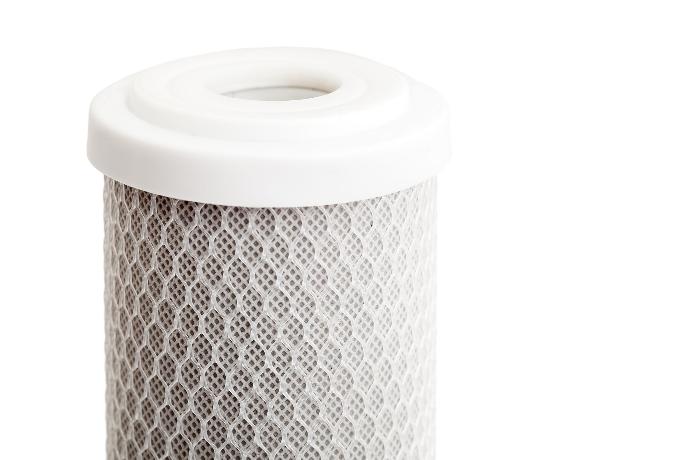
Cependant, il est important de noter que les filtres à charbon actif peuvent nécessiter un remplacement ou une régénération périodique pour maintenir leur efficacité. Au fil du temps, la capacité d'adsorption du média de charbon peut diminuer, nécessitant un rechargement ou une régénération pour assurer des performances continues.
En termes de matériaux utilisés pour leur fabrication, les filtres à charbon actif se composent principalement de granules ou de blocs de charbon actif logés dans un récipient de filtration. Le charbon actif est dérivé de diverses sources, y compris les coquilles de noix de coco, le bois ou le charbon, et subit un processus pour activer ses propriétés adsorptives. De plus, le récipient de filtration est généralement construit à partir de matériaux tels que le plastique ou l'acier inoxydable pour résister aux exigences des opérations de traitement de l'eau.
Lors de l'évaluation des coûts associés à l'utilisation et à l'achat de filtres à charbon actif, plusieurs facteurs entrent en jeu. Le coût d'achat initial peut varier en fonction de facteurs tels que la taille du récipient de filtration, la qualité du charbon actif utilisé et toutes les fonctionnalités supplémentaires incorporées dans la conception. De plus, les coûts d'entretien continus, y compris les frais de remplacement ou de régénération périodique, doivent être pris en compte lors de l'évaluation de la rentabilité globale des filtres à charbon actif.
Malgré le besoin de maintenance périodique, l'efficacité, la polyvalence et les capacités de filtration adaptées des filtres à charbon actif en font un choix recommandé pour les applications de traitement de l'eau. Leur capacité à éliminer des contaminants spécifiques avec précision, associée à leur large gamme d'applications, les positionne comme une solution fiable pour relever les défis divers du traitement de l'eau. Par conséquent, pour ceux qui recherchent une solution de filtration capable d'une élimination ciblée des contaminants et adaptable à divers besoins en traitement de l'eau, les filtres à charbon actif se démarquent comme une option convaincante.
Conclusion
Dans le labyrinthe de la filtration du traitement de l'eau, nous avons traversé un paysage riche en diversité, où chaque méthode de filtration ajoute sa propre touche à la toile de la fourniture d'eau propre. De la fiabilité robuste des filtres à profondeur à l'efficacité polyvalente des filtres plissés, et de la résilience endurante des filtres à sac à la ciblage précis des filtres à charbon actif, la gamme d'options disponibles souligne l'importance d'adapter les stratégies de filtration à des besoins spécifiques.
Bien que chaque méthode comporte son propre ensemble d'avantages et de considérations, elles servent collectivement un objectif commun : assurer la pureté et la sécurité de notre ressource la plus vitale. En concluant cette exploration, il devient évident que la clé d'un traitement de l'eau efficace ne réside pas dans une approche unique, mais dans la sélection judicieuse et l'intégration de techniques de filtration qui répondent le mieux aux défis uniques de chaque application.
Dans le paysage en constante évolution du traitement de l'eau, l'innovation continue de stimuler le progrès, offrant de nouvelles solutions et affinant celles existantes pour répondre aux exigences changeantes de l'industrie, du commerce et de la société. En tant que gardiens de nos ressources en eau, il nous incombe d'embrasser ces avancées, non seulement pour protéger la qualité de l'eau aujourd'hui, mais aussi pour garantir son abondance et son accessibilité pour les générations à venir.